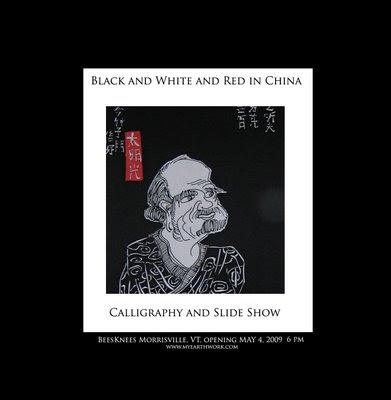
Yestermorrow's online ART AUCTION continues this week with a piece made by Sarah Phillips entitled "Security Sunscape".
Mixed media collage created from used security envelopes.
The piece measures 9" x 7 3/4" and is signed on the back by the artist.
Approximate value is $290.
Sarah Nicole Phillips is a Toronto born, Brookly-based artist. Sarah has donated this work to Yestermorrow Design/Build School (www.yestermorrow.org) to help us raise funds for our mission to inspire people to create a better, more sustainable world by providing hands-on education that integrates design and craft as a creative, interactive process.
Visit our eBay Giving Works auction site to place your bid today:
http://tinyurl.com/cn4cy9








